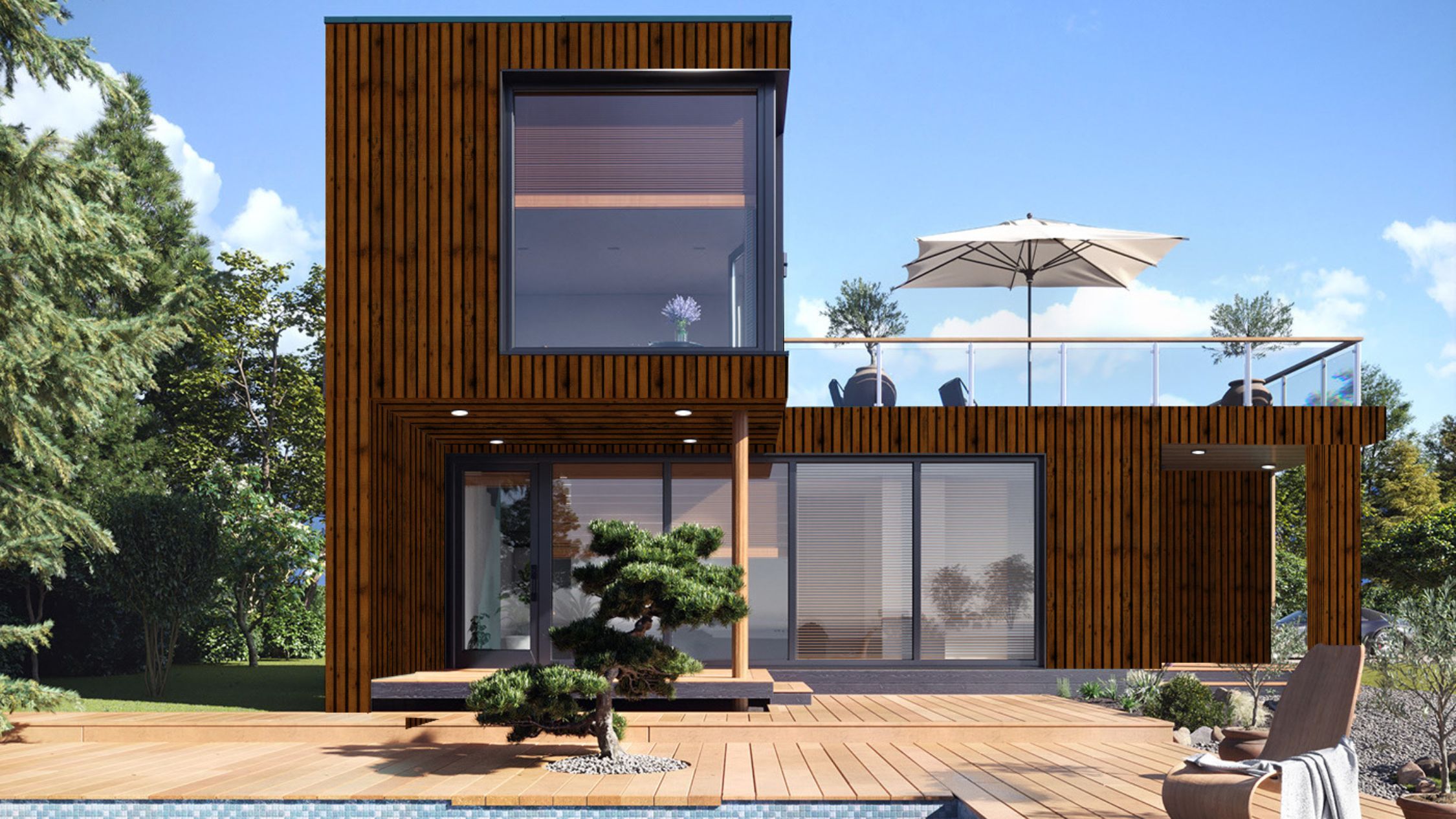In architecture and construction, the choice of materials has a big impact on how buildings look, what they can do and how good they are for the environment. Aluminium Composite Panels (ACPs) have become an important option among many other choices available to architects and designers. ACPs have changed the game in terms of building exteriors, interior design and overall structure aesthetics with their ability to be both visually appealing while also functional at same time – offering perfect balance between form and use.
What Are Aluminium Composite Panels?
Aluminium Composite Panels, also known as ACPs, are light in weight but strong materials. They have two thin sheets of aluminium bonded to a non-aluminium core. This special structure gives us a product that has the power and toughness from metal yet is flexible like composites which can be shaped into many designs. The increase in use of ACPs for modern architecture is because they offer many benefits that make them essential both for new constructions and renovation projects.
Unparalleled Design Flexibility
ACP’s versatility is very important. These panels can be molded, bent and shaped into many forms. This makes it possible for architects to design in a way that was hard or even not possible before with normal building materials. They are used for making gentle curved facades as well as complex geometrical patterns – ACP provides unmatched freedom when expressing architecture ideas. This adaptability has resulted in the construction of some very famous and visually remarkable buildings, breaking new ground in city settings.
Lightweight Yet Strong
Lightness is also a major reason for the popularity of Aluminium Composite Panels. When we compare ACPs with old-fashioned cladding materials such as stone or concrete, they greatly reduce the physical weight on buildings. This aspect makes it easier to install them and lets us create structures that are taller and more ambitious in design. The lesser weight means lesser costs in transportation and simpler to manage at the places where construction work is being done. This makes ACPs a good choice for projects with any size, because they are economical.
Durability and Low Maintenance
In architecture, durability is a vital factor and ACPs are strong in this area. These panels can withstand corrosion, weather effects like fading and UV radiation which help buildings to keep their appearance intact over time while still maintaining their structure’s strength. The outside layers made of aluminium give good protection from environmental elements; the middle composite material adds stability as well as insulation properties. This durability leads to less maintenance expenses and a longer life for buildings, making ACPs an enduring option for big architectural plans.
Energy Efficiency
Energy efficiency is also a strong point for Aluminium Composite Panels. The way the panels are made gives them good thermal insulation. This helps control inside temperatures and decreases energy use for heating or cooling by keeping heat or cold air from escaping through walls. The feature of insulation not only makes living and working areas more comfortable, but it also supports worldwide movements towards ecological construction methods that save energy. With the growing influence of environmental considerations on architectural styles, the energy-efficient features of ACPs make them an appealing choice for eco-friendly designers and constructors.
Fire Safety Considerations
In the design of buildings, making sure they are safe from fire is very important. Modern ACPs deal with this concern well. Lots of manufacturers now make versions that resist fire and meet strict safety rules. This guarantees that buildings covered with these panels are not just nice-looking but also safe. The attention placed on safety, along with other advantages offered by the material has made ACPs a choice option for tall buildings and public structures where protection against fires is highly crucial.
Cost-Effectiveness
The low-cost aspect is a major factor pushing the use of Aluminium Composite Panels. Even though the initial price might be higher than some common materials, the overall advantages often lead to considerable savings in future. The strength, minimal upkeep needs, and power efficiency of ACPs help cut down on total life expenses. This makes them an economically smart selection for developers as well as people who own buildings.
Bottom Line
The flexibility of Aluminium Composite Panels is very important in modern architecture. They solve many challenges faced by architects and builders today, from being flexible for various designs to providing strength and contributing towards energy efficiency as well as sustainability. The need for buildings that are both innovative and sustainable, while also having a visually appealing look is growing rapidly; therefore it’s crucial to use high-quality ACPs.
If you are looking for a brand that can maximize the benefits of Aluminium Composite Panels in your architectural works, CityBond is known to be one of the best. They have strong dedication towards quality, creativity and environmental friendliness which makes them an ideal choice. No matter if you are working on large-scale projects such as constructing skyscrapers or smaller ones like creating interiors that catch people’s eyes – CityBond has Aluminum Composite Panels perfect for all kinds of tasks thanks to their ability to blend beauty, usefulness and endurance into one product.

